Home>Interior Design>How Much Does It Cost To Run A Fan 24/7?
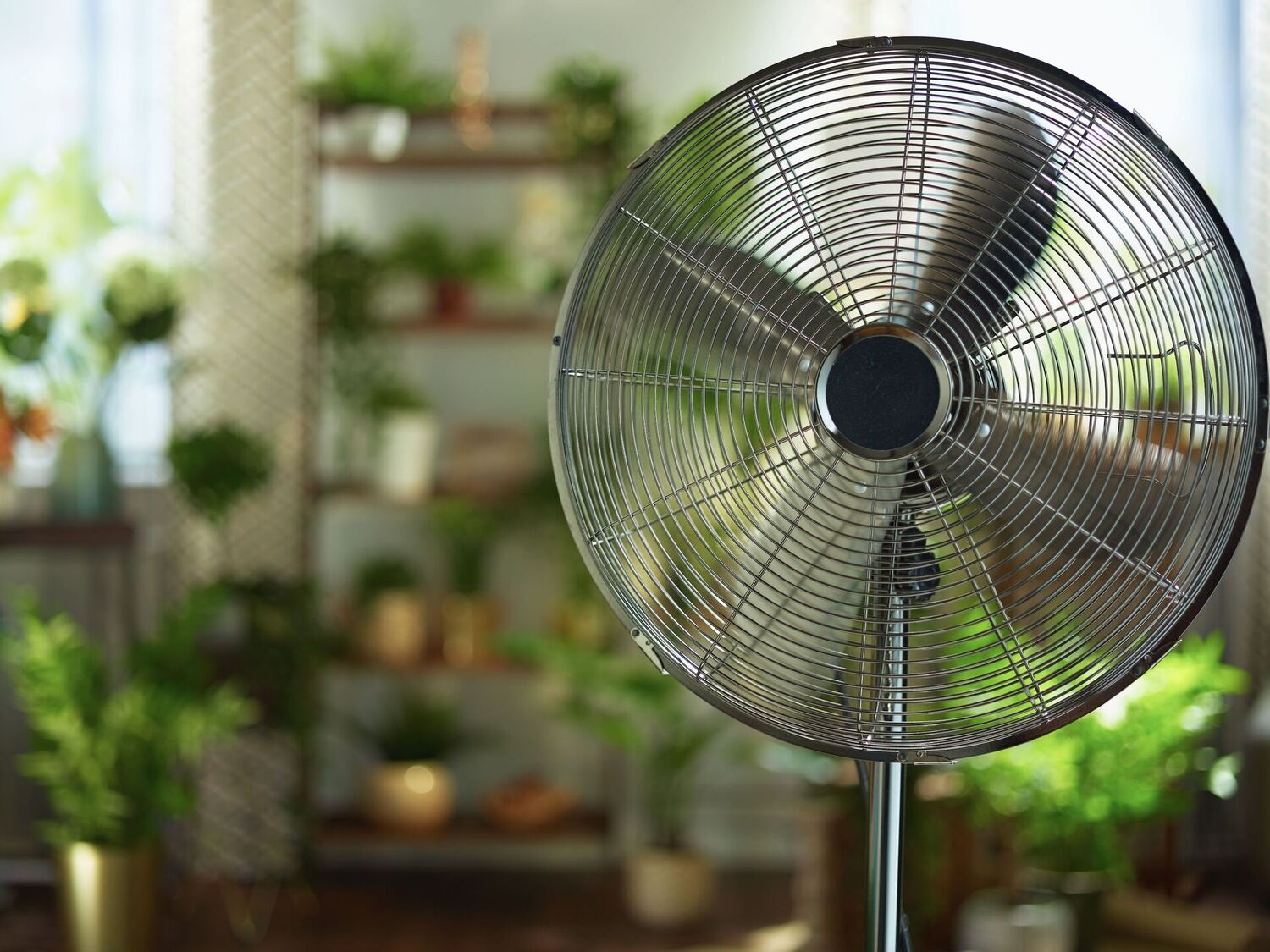

Interior Design
How Much Does It Cost To Run A Fan 24/7?
Modified: December 7, 2023
Discover the cost of running a fan 24/7 for interior design. Learn about energy consumption and find out how to save on utility bills with efficient cooling solutions.
(Many of the links in this article redirect to a specific reviewed product. Your purchase of these products through affiliate links helps to generate commission for Storables.com, at no extra cost. Learn more)
Introduction
Welcome to our comprehensive guide on the cost of running a fan 24/7. Many people rely on fans to keep their homes cool and comfortable, especially during the hot summer months. But have you ever wondered how much it costs to keep a fan running around the clock? In this article, we’ll delve into the factors that affect the cost of running a fan, calculate its energy consumption, explore average electricity prices, provide estimates for running a fan 24/7, and offer some practical tips for reducing fan energy consumption.
Running a fan continuously may seem like a cost-effective solution compared to using air conditioning, but it’s important to understand the energy consumption and associated costs to make an informed decision.
It’s worth noting that the cost of running a fan is influenced by several factors, including the fan’s power rating, local electricity prices, the duration of usage, and any energy-saving features the fan may have. By understanding these factors, you’ll be better equipped to estimate the cost and make adjustments to optimize energy usage.
In the following sections, we’ll dive into the details of each of these factors to help you gain a comprehensive understanding of the cost of running a fan 24/7. So, let’s get started!
Key Takeaways:
- Running a fan 24/7 can cost anywhere from a few dollars to over $10 per month, depending on factors like power rating and electricity rates. Consider energy-saving features and strategic usage to minimize costs.
- To reduce fan energy consumption, optimize settings, utilize natural ventilation, and maintain the fan. Exploring alternative cooling methods can offer long-term energy savings and a more sustainable approach to staying comfortable.
Read more: How Much Does A Fan Cost To Run
Factors Affecting the Cost of Running a Fan
When it comes to determining the cost of running a fan, several factors come into play. Understanding these factors will give you a clearer picture of how much it will cost to operate a fan continuously.
1. Fan Power Rating: The power rating of a fan is measured in watts and refers to the amount of electrical power it consumes when operating. Generally, higher-powered fans consume more energy and, consequently, cost more to run. When purchasing a fan, pay attention to its power rating and opt for an energy-efficient model if possible.
2. Usage Duration: The length of time you run the fan each day significantly affects the overall cost. Running the fan 24/7 will obviously consume more energy compared to running it for a few hours a day. Consider your specific needs and adjust the usage duration accordingly to strike a balance between comfort and cost.
3. Energy-Saving Features: Some fans come with energy-saving features, such as timers or sleep modes, which can help reduce energy consumption. Timers allow you to set specific operating periods for the fan, while sleep modes automatically adjust the fan’s speed or shut it off after a certain period of time. Utilizing these features can help lower your energy costs without compromising comfort.
4. Local Electricity Prices: The cost of electricity varies depending on your location and the utility provider. It’s essential to consider the rate you pay per kilowatt-hour (kWh) when calculating the cost of running a fan. Consult your electricity bill or contact your utility provider to determine the exact rate in your area.
5. Fan Efficiency: The efficiency of a fan plays a role in energy consumption. Fans with better airflow design and technology will require less energy to produce the desired cooling effect. Look for fans that are Energy Star certified, as these models are designed to be energy-efficient and can help reduce your electricity costs.
By considering these factors, you can gain a better understanding of how they influence the cost of running a fan continuously. In the next section, we will explore how to calculate the energy consumption of a fan to estimate the actual cost.
Calculation of Fan Energy Consumption
To determine the energy consumption of a fan and estimate its cost, you’ll need to understand the basic principles of calculating electrical consumption. The formula for calculating energy consumption is:
Energy Consumption (kWh) = Power Rating (kW) x Usage Duration (hours)
Let’s break down the calculation step by step:
- Step 1: Determine the Power Rating: Refer to the specifications or label on your fan to find its power rating, which is measured in kilowatts (kW). For example, if your fan has a power rating of 0.05 kW (50 watts), that’s the value you’ll use in the calculation.
- Step 2: Determine the Usage Duration: Decide how many hours you plan to run the fan each day. This can vary depending on your personal preferences and comfort needs.
- Step 3: Calculate Energy Consumption: Multiply the power rating of the fan by the usage duration in hours. For example, if you run a fan with a power rating of 0.05 kW for 24 hours, the energy consumption would be (0.05 kW x 24 hours) = 1.2 kWh.
Once you have calculated the energy consumption, you can estimate the cost by multiplying the energy consumption (kWh) by the electricity rate per kilowatt-hour (kWh) provided by your utility company.
Keep in mind that this calculation provides an estimate and does not account for other factors, such as fan efficiency or any energy-saving features. However, it gives you a good starting point to gauge the cost of running a fan 24/7 based on its power rating and your desired usage duration.
In the next section, we’ll explore average electricity prices to provide a better understanding of the financial aspect of running a fan continuously.
Average Electricity Prices
The cost of electricity varies depending on various factors, including geographic location, utility providers, and time of use. To estimate the cost of running a fan 24/7, it’s important to have a general idea of average electricity prices.
Please note that the following figures are approximate and can vary significantly depending on your specific location. It’s best to refer to your electricity bill or consult with your utility provider for the most accurate rates in your area.
- United States: The average residential electricity rate in the United States is around $0.13 to $0.20 per kilowatt-hour (kWh). However, rates can vary widely between states, ranging from as low as $0.08 in states with abundant renewable energy sources to as high as $0.30 in areas where electricity generation is more expensive.
- Canada: In Canada, the average residential electricity rate is approximately $0.10 to $0.15 per kilowatt-hour (kWh). Like in the United States, rates can vary by province and even within different regions within a province.
- United Kingdom: The average residential electricity rate in the United Kingdom is around £0.14 to £0.18 per kilowatt-hour (kWh). Similar to other countries, prices may differ by region, and some areas have higher rates due to factors such as distribution costs.
- Australia: In Australia, the average residential electricity rate is approximately $0.25 to $0.35 per kilowatt-hour (kWh). However, prices can vary significantly by state and can be influenced by factors such as market competition and renewable energy targets.
It’s important to consider the specific electricity prices in your area when estimating the cost of running a fan continuously. These average prices provide a rough guideline, but your actual electricity rates may be higher or lower.
Now that you have a better understanding of average electricity prices, let’s move on to estimating the cost of running a fan 24/7 based on the factors we’ve discussed so far.
Running a fan 24/7 can cost around $5-10 per month, depending on the fan’s size and energy efficiency. Using a smaller, more efficient fan can help reduce the cost.
Estimates for Running a Fan 24/7
Now that we understand the factors affecting the cost of running a fan and have an idea of average electricity prices, let’s estimate the cost of running a fan 24/7 based on a few scenarios.
Scenario 1: Let’s assume we have a fan with a power rating of 0.05 kW (50 watts) and an average electricity rate of $0.15 per kilowatt-hour (kWh). Using the energy consumption formula, we can calculate the cost of running this fan continuously for a month:
Energy Consumption (kWh) = Power Rating (kW) x Usage Duration (hours)
Energy Consumption (kWh) = 0.05 kW x 24 hours x 30 days = 36 kWh
Cost = Energy Consumption (kWh) x Electricity Rate
Cost = 36 kWh x $0.15 per kWh = $5.40 per month
Scenario 2: Let’s consider a more powerful fan with a power rating of 0.1 kW (100 watts) running at the same average electricity rate of $0.15 per kilowatt-hour (kWh).
Energy Consumption (kWh) = Power Rating (kW) x Usage Duration (hours)
Energy Consumption (kWh) = 0.1 kW x 24 hours x 30 days = 72 kWh
Cost = Energy Consumption (kWh) x Electricity Rate
Cost = 72 kWh x $0.15 per kWh = $10.80 per month
These estimates give you an idea of the monthly cost of running a fan 24/7 based on different power ratings and electricity rates. However, it’s important to note that other factors, such as fan efficiency and energy-saving features, can impact the actual energy consumption and cost.
Keep in mind that these estimates are for running a fan continuously for a month. If you plan to run the fan for a shorter duration, adjust the energy consumption calculation accordingly to get a more accurate estimate based on your usage requirements.
Now that we have explored the cost estimates, let’s move on to some practical tips to help you reduce fan energy consumption and minimize costs.
Read more: How Much Does It Cost To Run A Dishwasher
Tips for Reducing Fan Energy Consumption
While running a fan can provide a cost-effective way to stay cool, it’s still beneficial to reduce energy consumption and save on electricity costs. Here are some practical tips for minimizing fan energy consumption:
- Use fans strategically: Instead of running a fan in every room, consider using fans strategically in the rooms that are occupied the most. This will allow you to target the areas where you need the cooling the most, reducing overall energy consumption.
- Optimize fan settings: Most fans offer multiple speed settings. Use the lowest effective speed that provides sufficient cooling for your comfort. Higher fan speeds consume more energy, so adjusting it to the lowest setting can result in significant energy savings.
- Take advantage of natural ventilation: When the outside temperature is cooler, especially during the evening or early morning, turn off the fan and open windows to let in natural airflow. This can help reduce the dependency on the fan and lower energy consumption.
- Utilize energy-saving features: If your fan comes with energy-saving features like timers or sleep modes, make use of them. Set the timer to run the fan only when needed or enable the sleep mode to automatically reduce the fan speed or shut it off after a certain period of time.
- Maintain and clean your fan: Regularly clean and maintain your fan to ensure optimal performance. Dust buildup can hinder airflow and make the fan work harder, increasing energy consumption. Clean the blades, grilles, and motor to keep the fan running efficiently.
- Consider alternative cooling methods: Explore other cooling options like using ceiling fans, natural ventilation, or energy-efficient air conditioning units. These alternatives might have higher upfront costs but can offer long-term energy savings.
By implementing these tips, you can reduce fan energy consumption and optimize your cooling needs, ultimately leading to lower electricity costs and a more sustainable approach to staying comfortable.
Now that we have covered tips for reducing fan energy consumption, let’s summarize the key points we’ve discussed throughout the article.
Conclusion
In conclusion, understanding the cost of running a fan 24/7 involves considering various factors such as power rating, usage duration, energy-saving features, local electricity prices, and fan efficiency. By analyzing these factors, you can estimate the energy consumption and associated costs of operating a fan continuously.
Calculating fan energy consumption involves multiplying the power rating by the usage duration. This provides an estimate of the energy consumed in kilowatt-hours (kWh). By multiplying this value by the electricity rate per kWh, you can estimate the cost of running the fan.
Average electricity prices vary by geographic location, but as a general guideline, residential rates in the United States range from $0.13 to $0.20 per kWh. In Canada, the average rate is approximately $0.10 to $0.15 per kWh, while in the United Kingdom and Australia, rates are around £0.14 to £0.18 and $0.25 to $0.35 per kWh, respectively.
Based on different scenarios and power ratings, running a fan 24/7 can cost anywhere from a few dollars to upwards of $10 per month. However, it’s important to consider fan efficiency, energy-saving features, and individual usage patterns when estimating costs.
To minimize fan energy consumption and reduce costs, use fans strategically, optimize fan settings, take advantage of natural ventilation, utilize energy-saving features, and maintain a clean fan. Exploring alternative cooling methods may also provide long-term energy savings.
By being aware of these factors and implementing energy-saving practices, you can enjoy the comfort of a fan while minimizing its impact on your energy bills and the environment.
We hope this guide has provided valuable insights into the cost of running a fan 24/7 and offered practical tips for optimizing energy consumption. Stay cool and save energy!
Frequently Asked Questions about How Much Does It Cost To Run A Fan 24/7?
Was this page helpful?
At Storables.com, we guarantee accurate and reliable information. Our content, validated by Expert Board Contributors, is crafted following stringent Editorial Policies. We're committed to providing you with well-researched, expert-backed insights for all your informational needs.
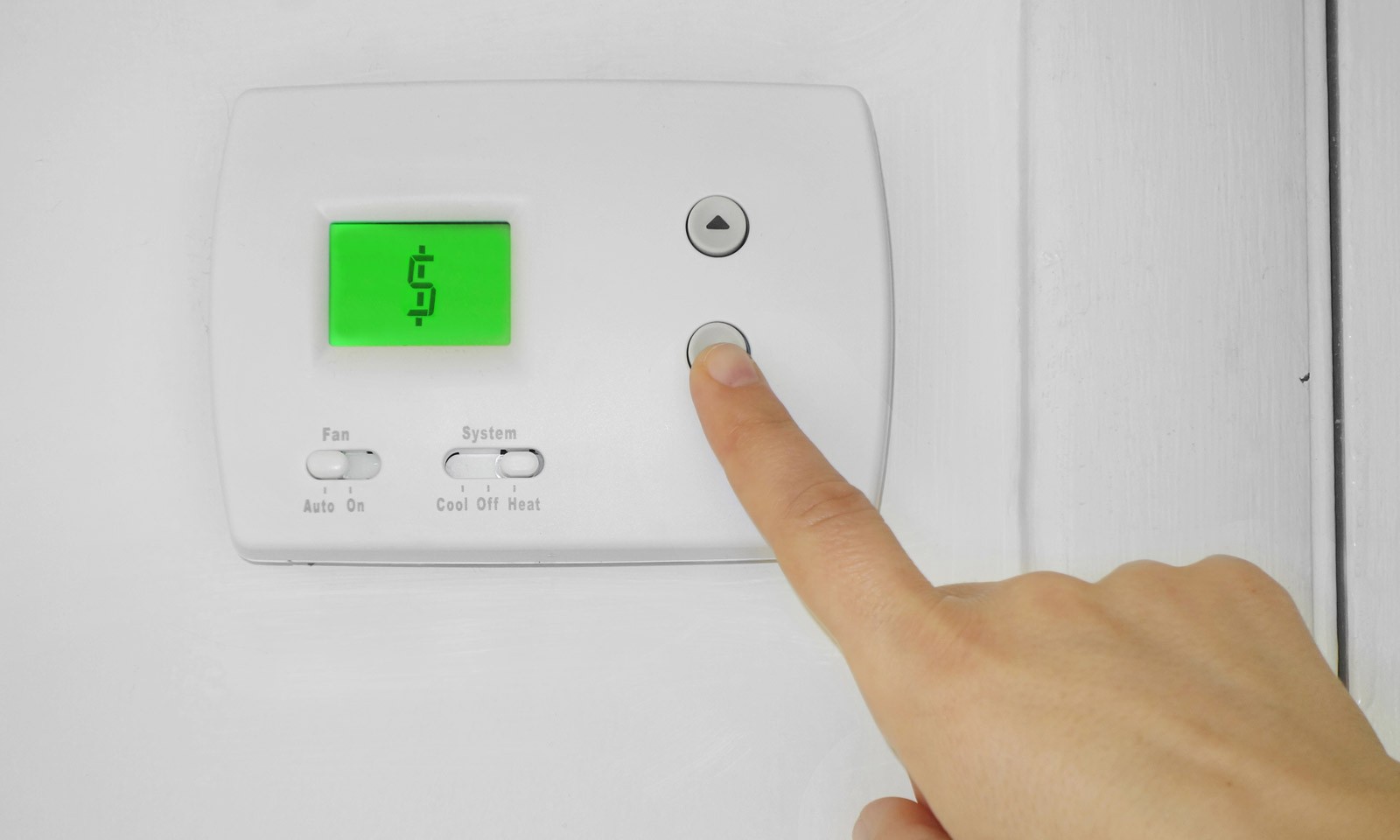
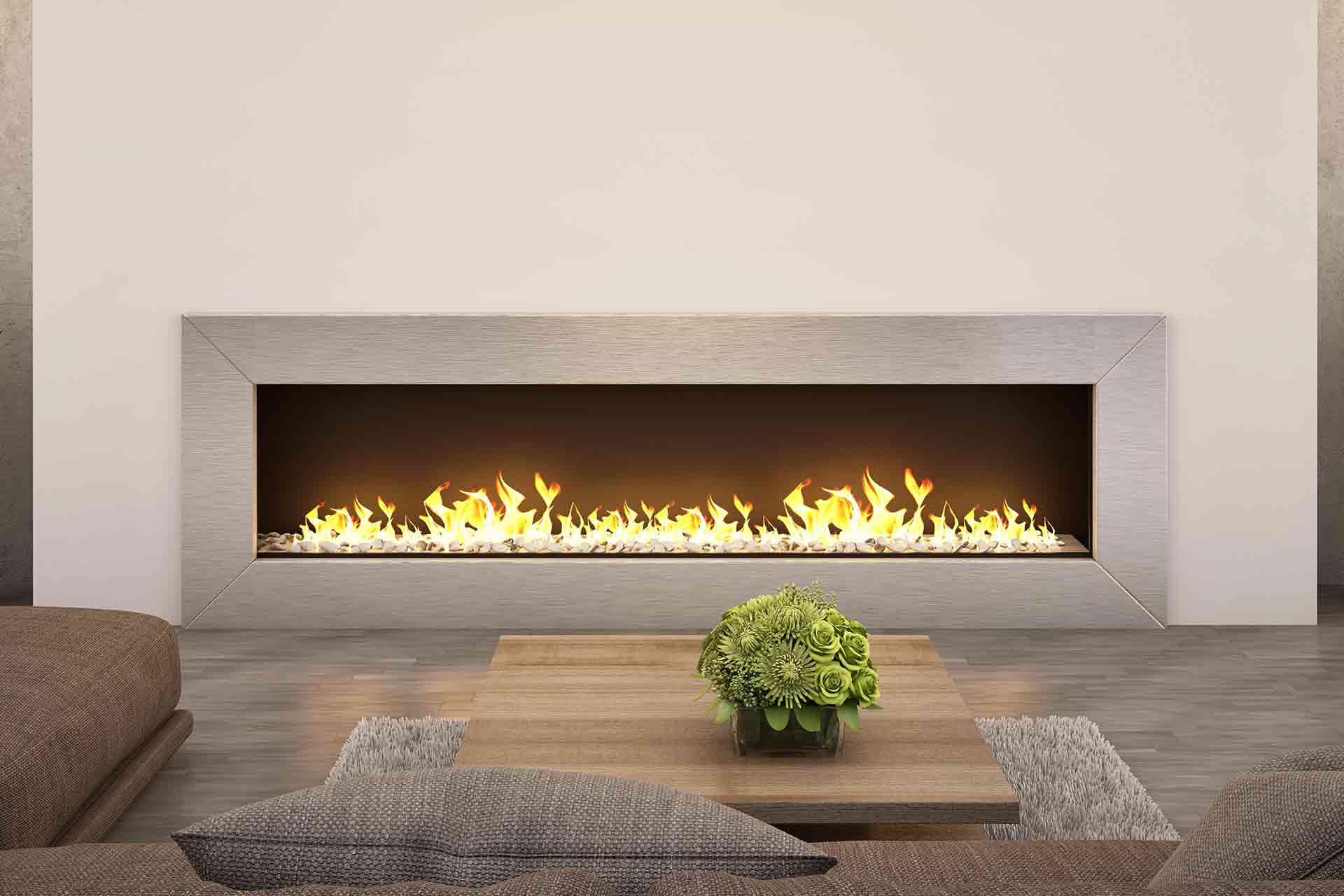

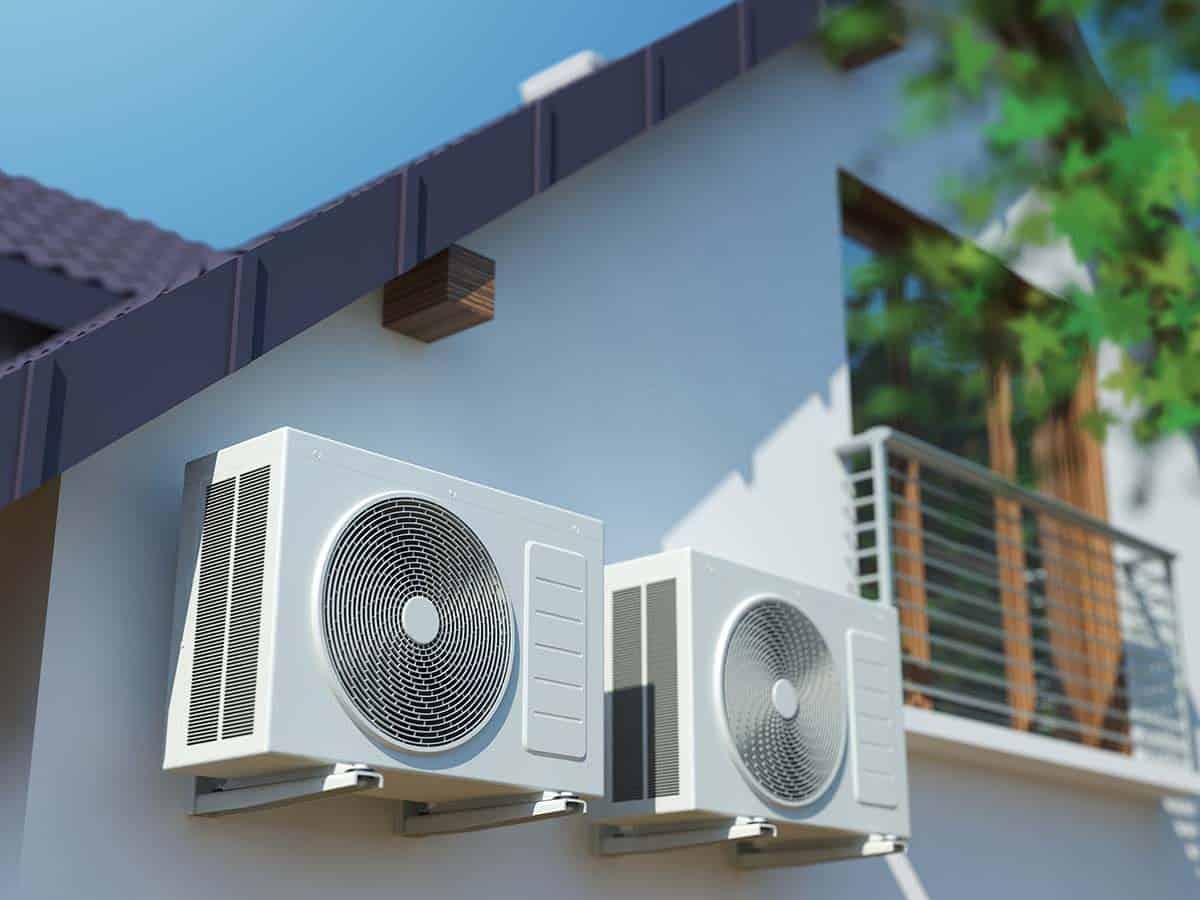
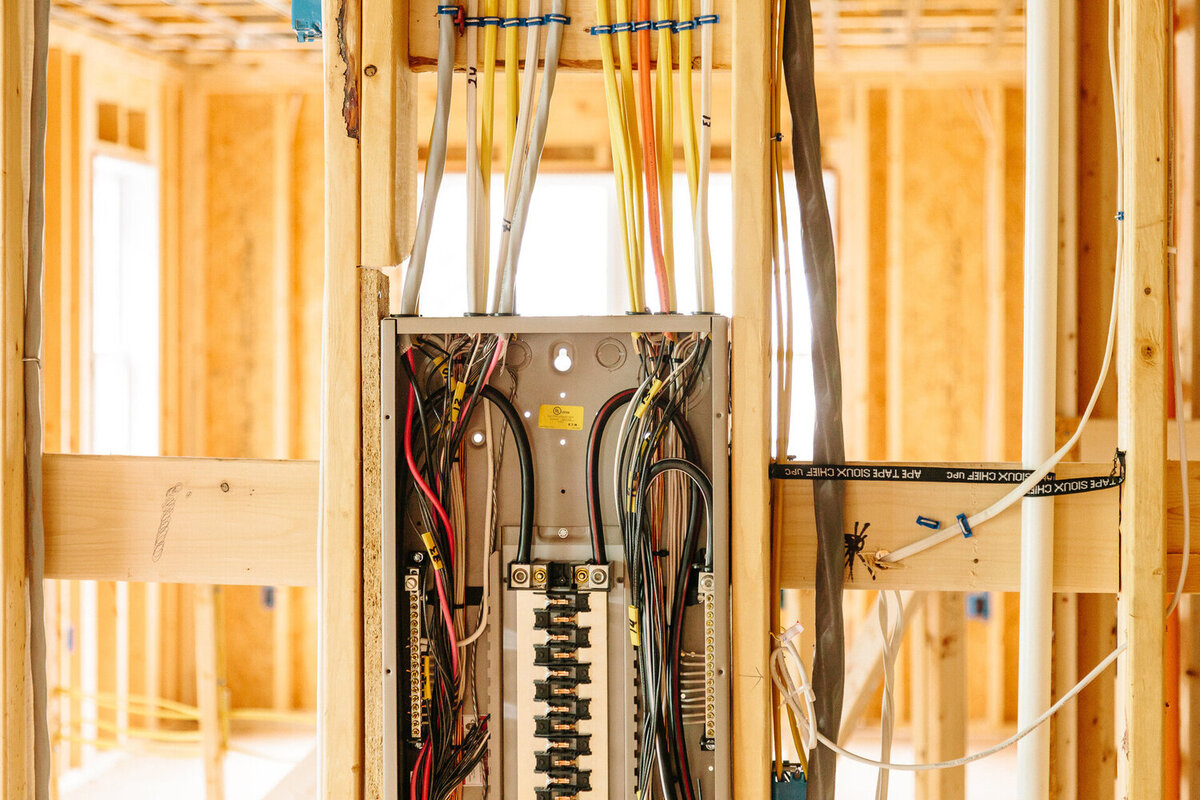
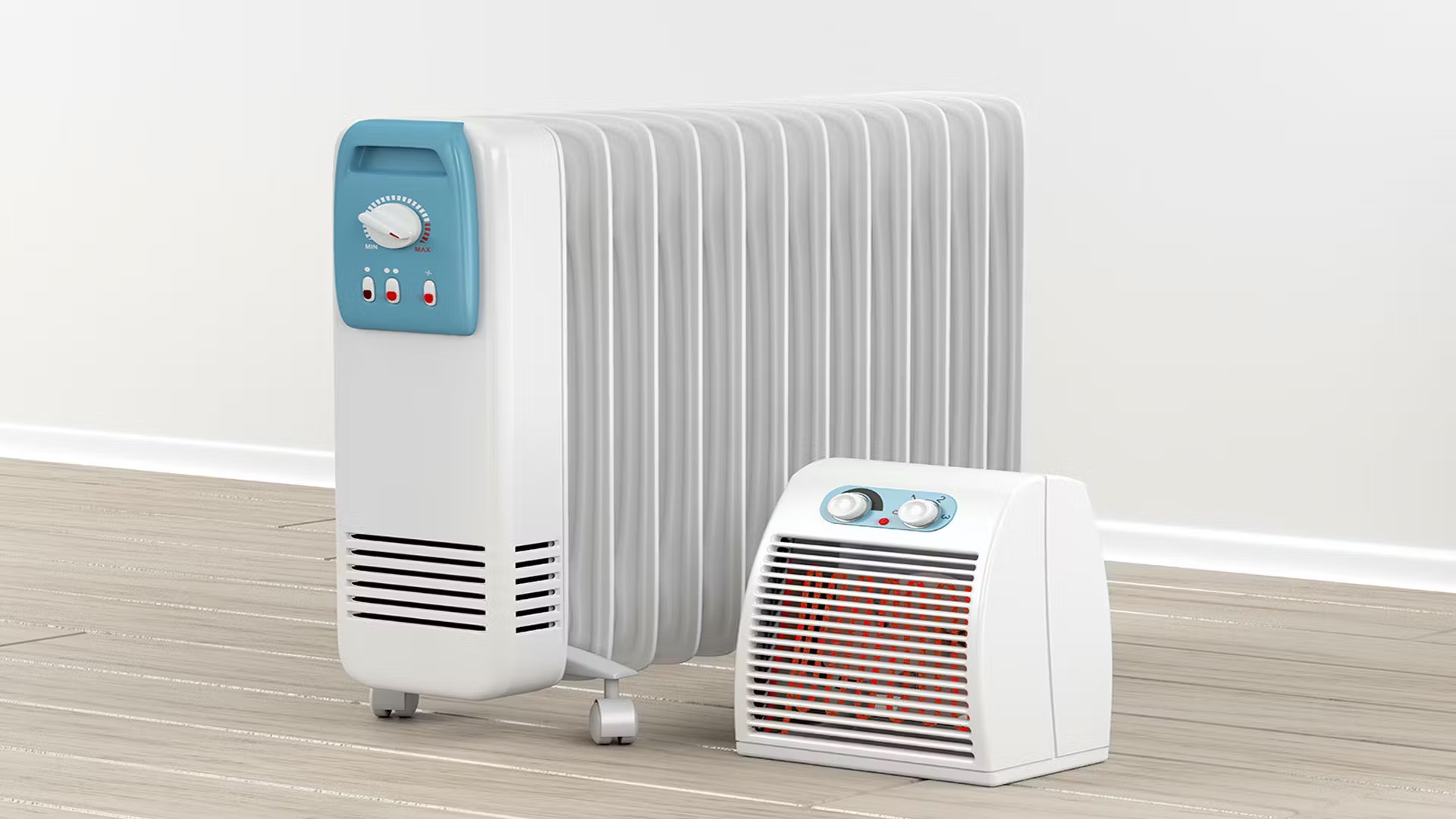
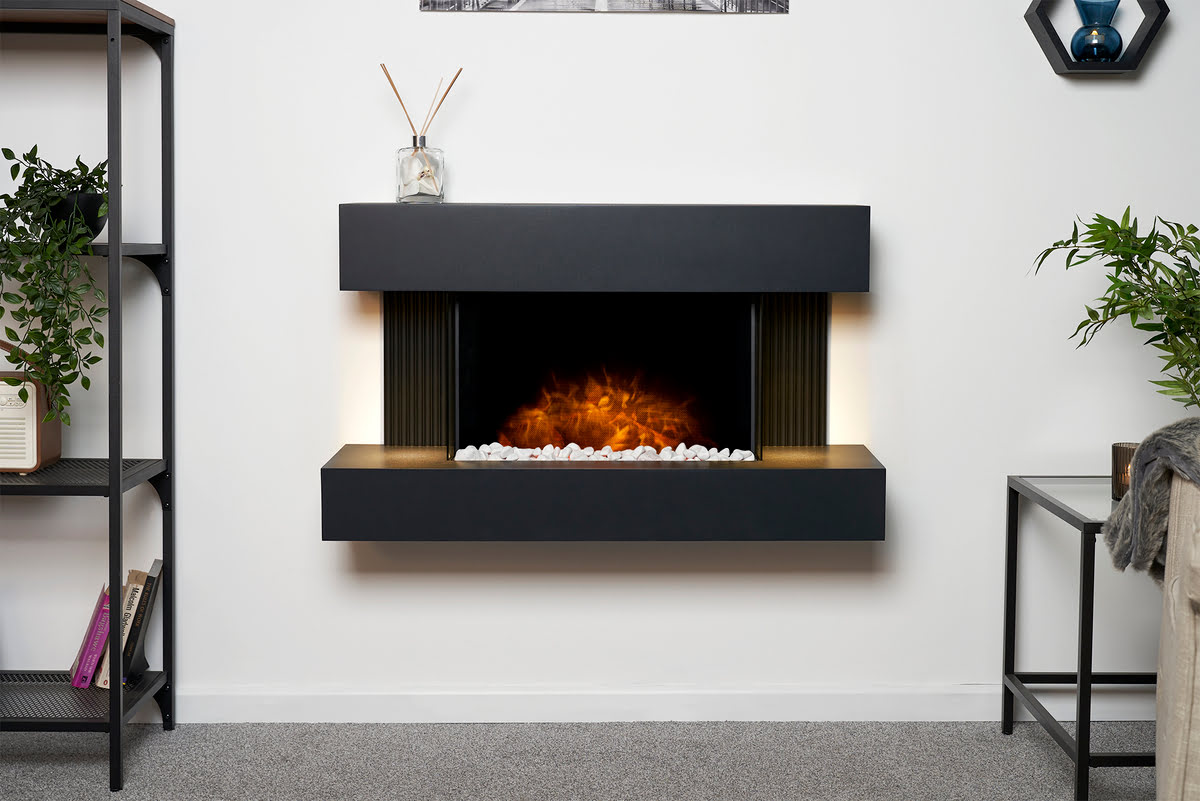
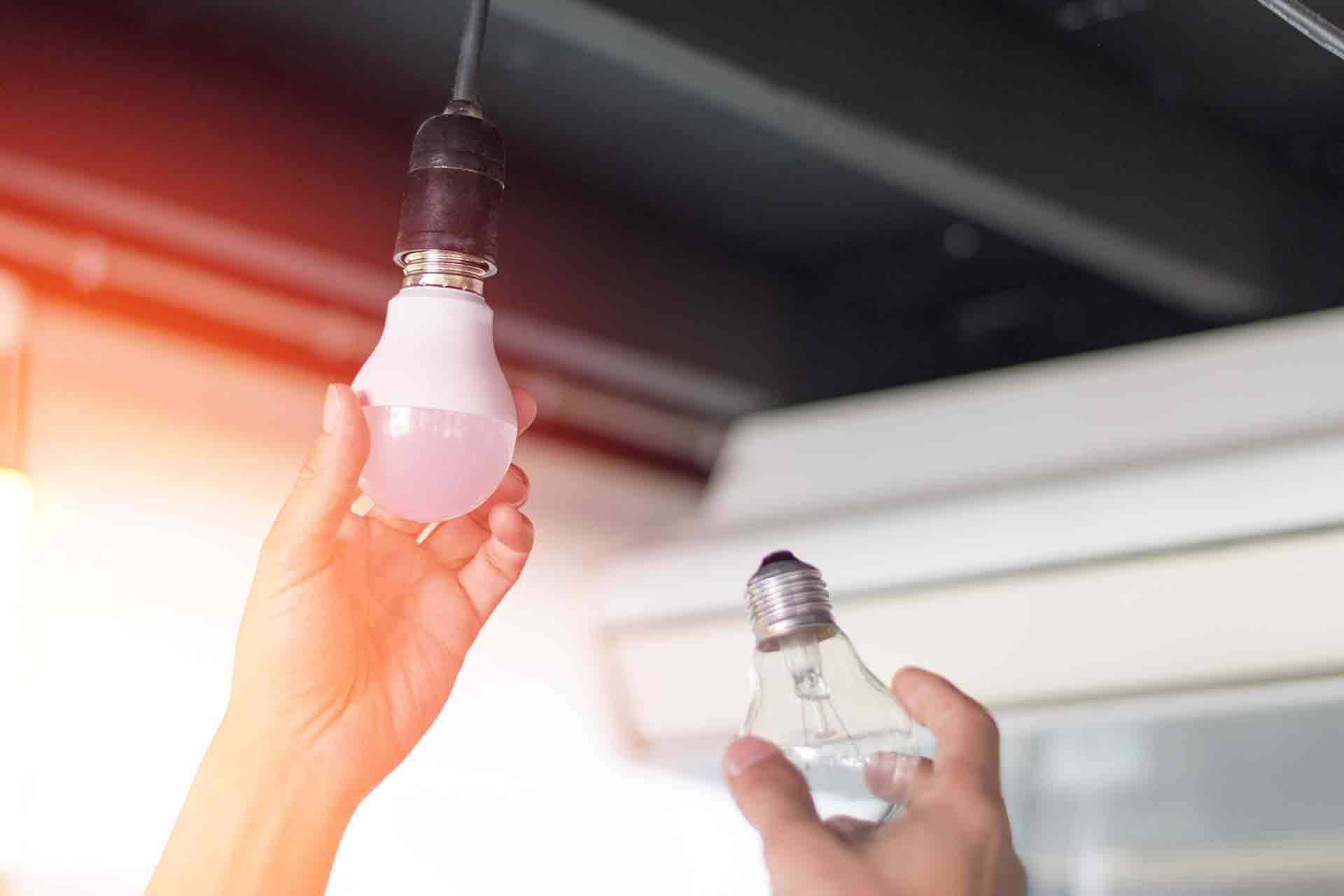
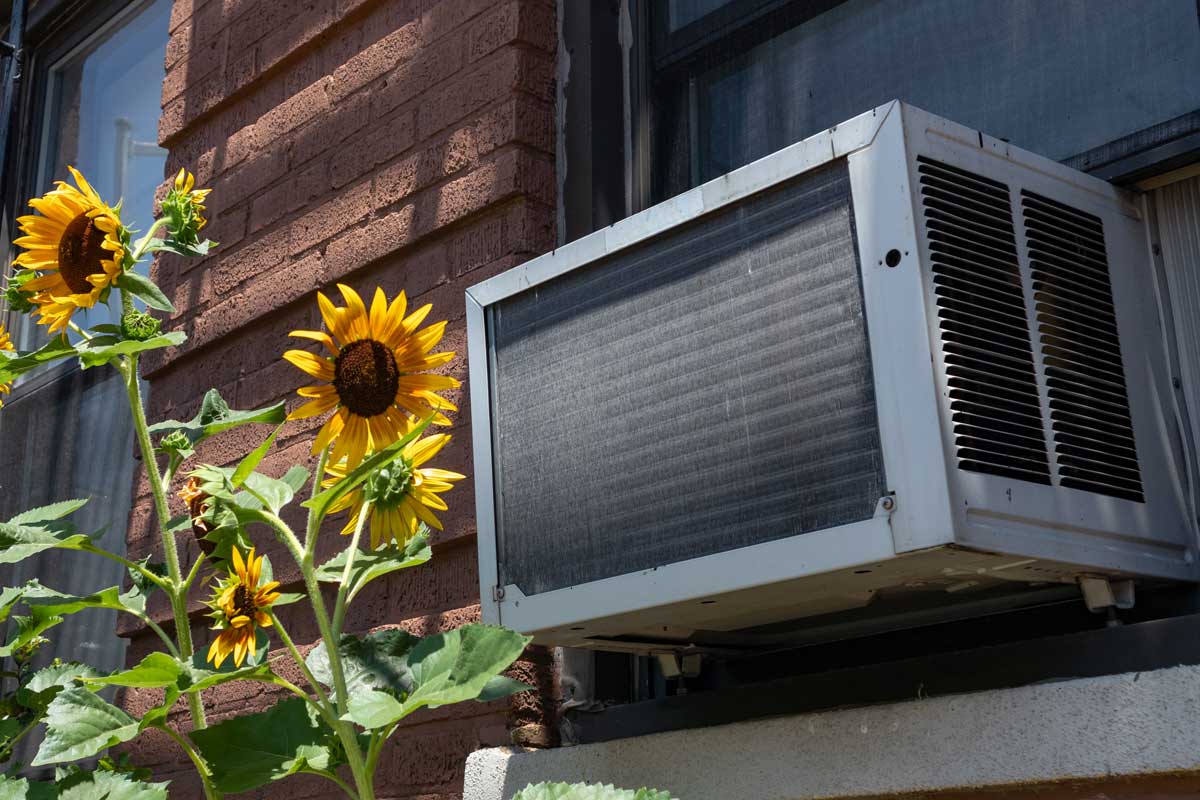
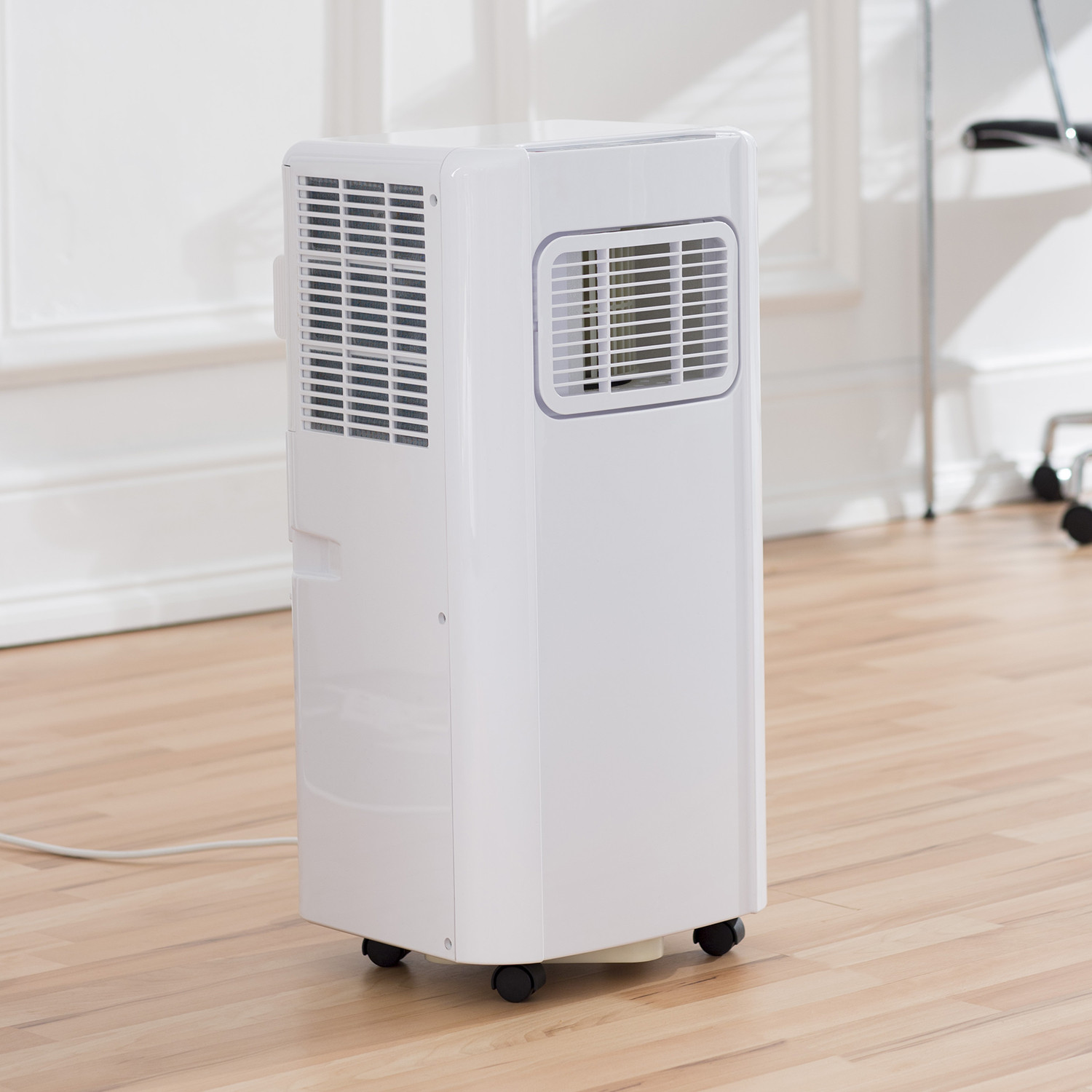
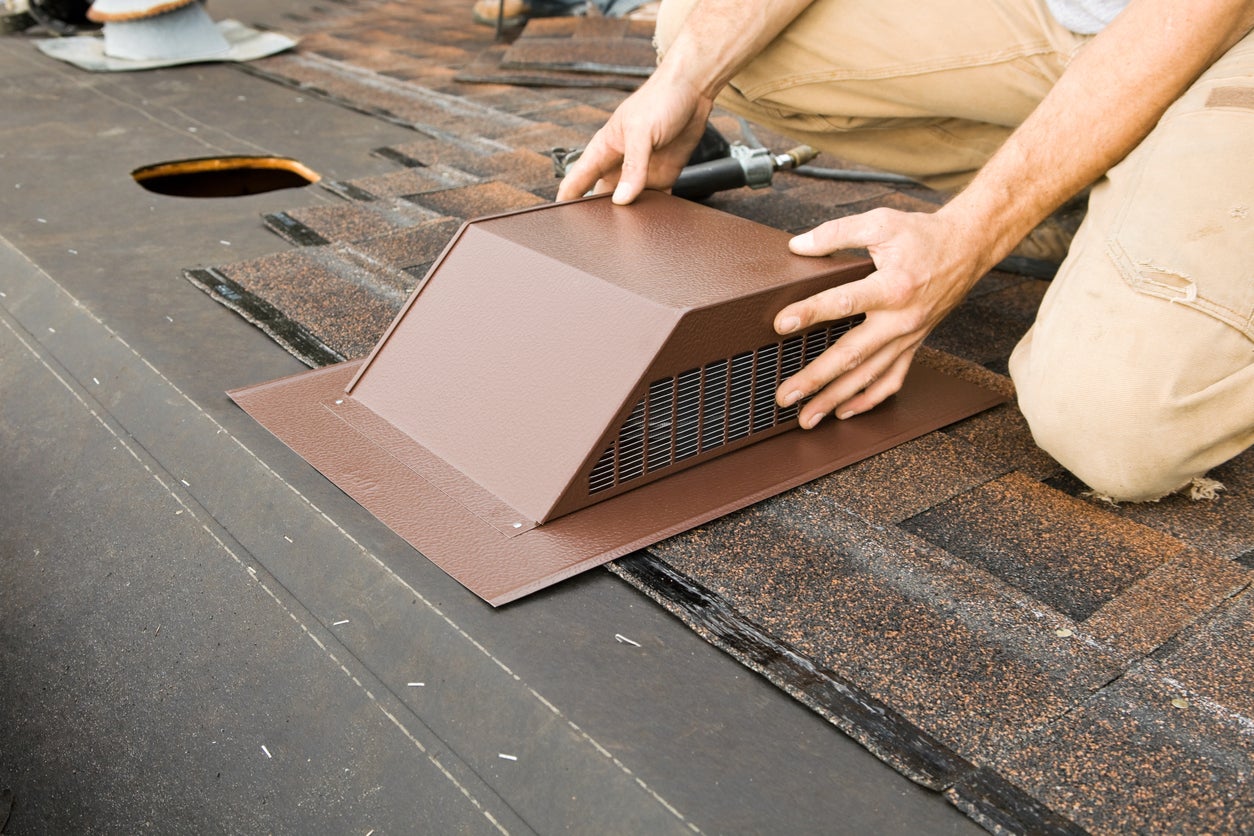
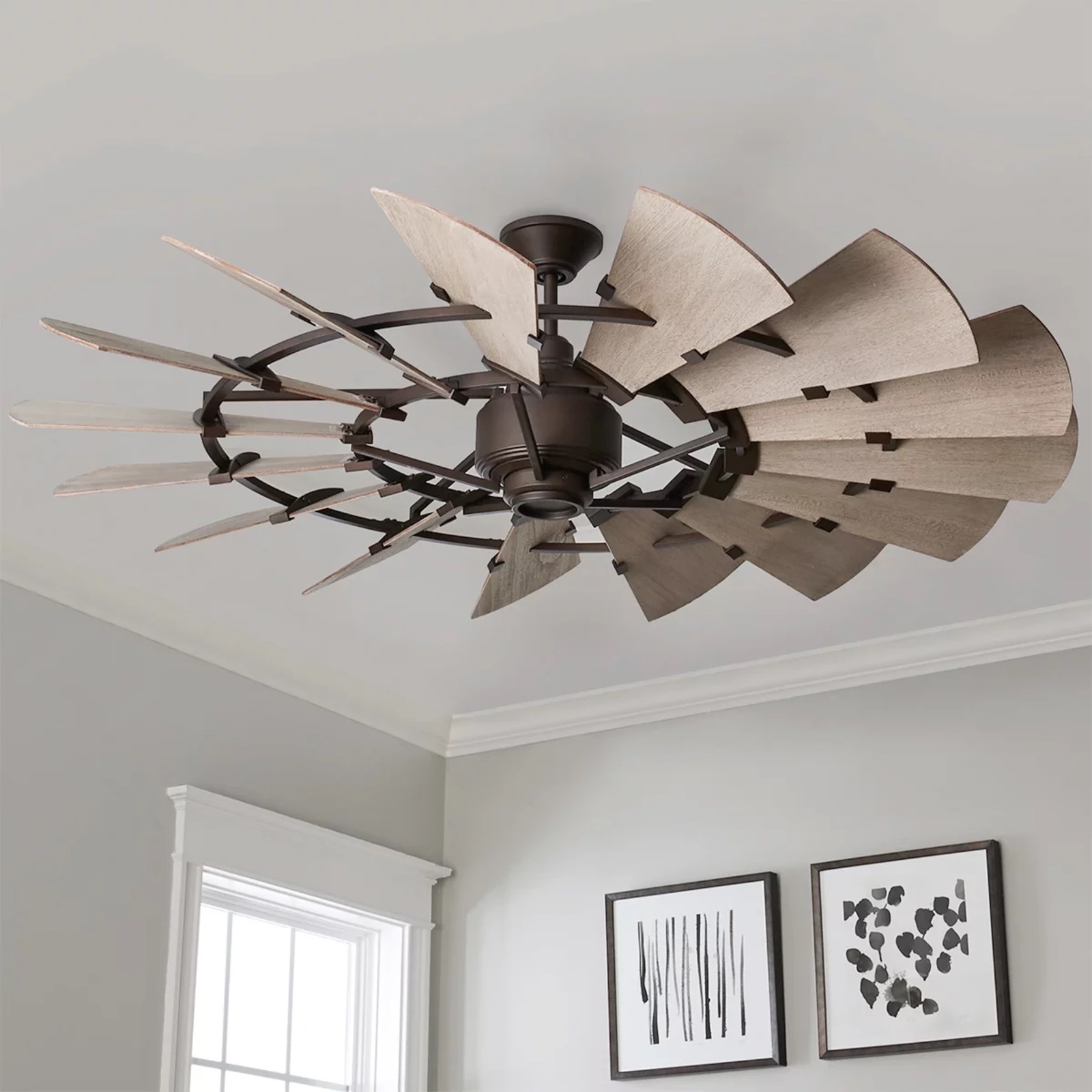
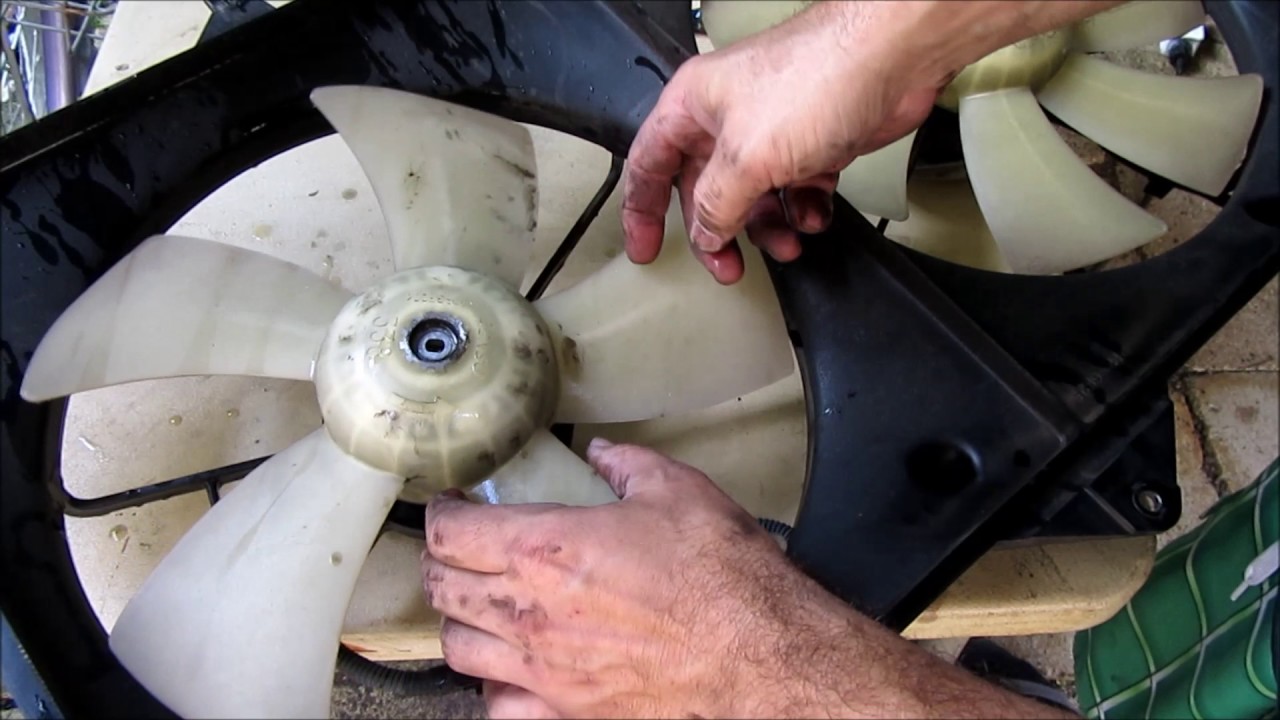
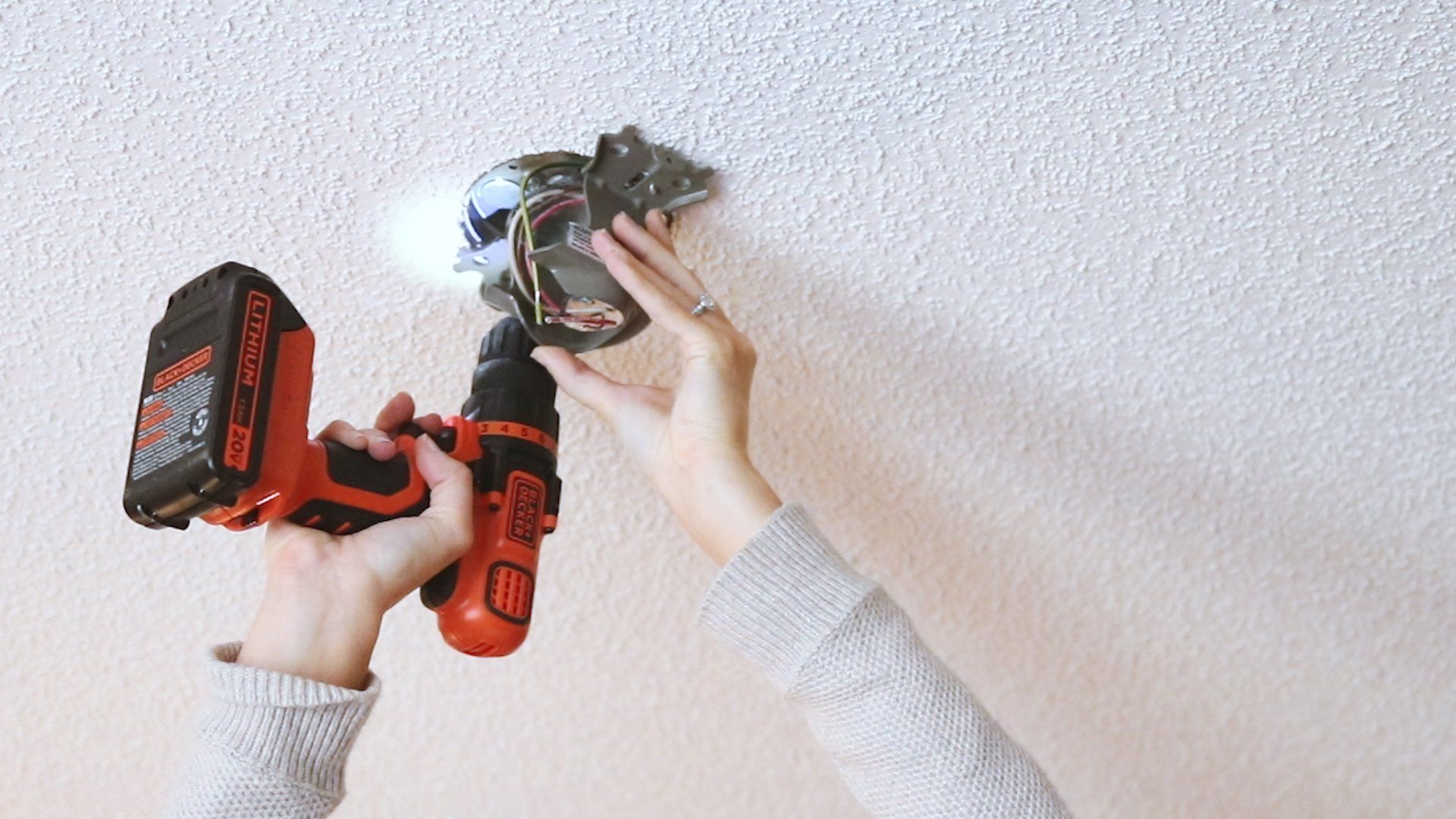

0 thoughts on “How Much Does It Cost To Run A Fan 24/7?”